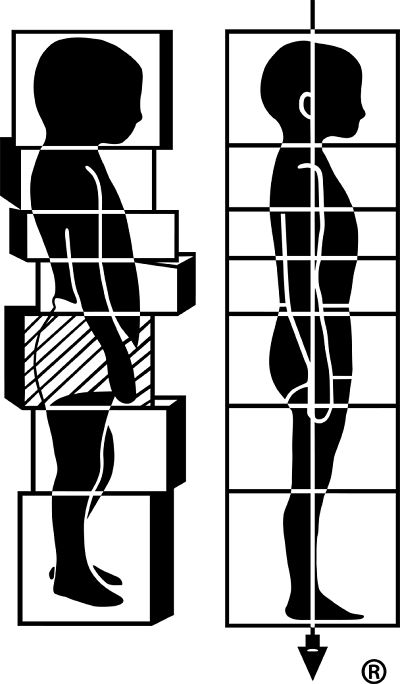http://www.innovisioneyecareonline.com/dates.html
People familiar with basic human anatomy might attempt to understand what craniosacral therapy is by breaking down the word: “cranio” refers to the skull and “sacral” refers to the triangle-shaped bone at the base of the spine. Therefore, it stands to reason, the work is done on the head and spine, right? Well, that isn’t the whole picture. To better understand what the therapy involves and why it has this name, let’s go back in history a bit to an inquisitive osteopathic doctor working at the turn of the twentieth century.
William Garner Sutherland, while musing over the nature of the human skull, wondered why the bones of the skull had bevelled sutures if indeed, as he was taught in anatomy, it was fused in the adult and that the bones had no movement. Sutures seem made for movement. This conundrum led him to create many experiments (mostly done on himself) of whether or not the cranial bones move. He reasoned that if the cranial bones move and if the movement is restricted, some sort of pathological state would result. His explorations led him to the belief that cranial bones do indeed move and that their movement has physiological importance.
As Sutherland continued his explorations, he realized that other whole body movement dynamics exist, not just bony movements in the cranium. He realized that this series of interrelated pulsations were the most fundamental healing and ordering mechanism within the human body-mind. Sutherland believed that the cerebrospinal fluid that surrounds the brain and spinal cord (running basically from the cranium to the sacrum–hence, “craniosacral”) potently held the power of this ordering bioelectric force. Being a spiritual man, Sutherland believed that this ordering principle was generated by what he called the Breath of Life. Sutherland believed that, by increasing the potency of the Breath of Life into the cerebrospinal fluid, profound healing could occur.
Modern day craniosacral therapists now see that all of the fluid systems of the body convey an ordering principle to all of its parts. There is an inherent life force that is carried through the fluctuation of the fluids of the body to all of the cells and tissues of the body. This life force (what Sutherland called the Breath of Life), arises at the time of conception, drives the initial phases of embryological development, and is with us until the day we die. The fluid dynamics of the body are essential to the expression of health in the body.
